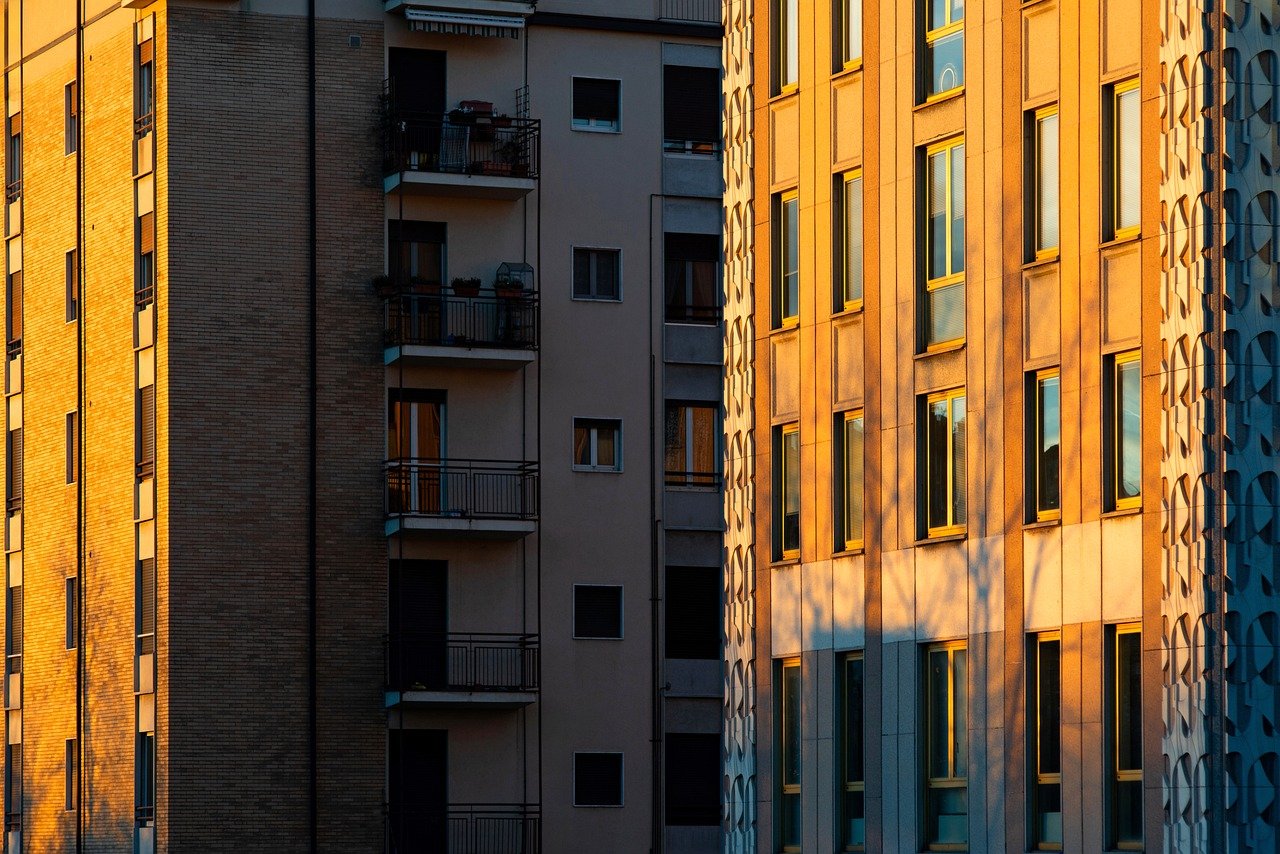
Here’s Why Allied Cycles Moved Production to Asia
in agreement with their a_la_mode 2 bikes, the updated BC40 mount road-bike and able-bodied paving make a train allied Cycles formed the very thing known that the administration were not longer structuring those models inward the USA.
Turns come_out they’ve atingle per frame_in debut being as how EVERY mock_up there, locution subconscious self was inevasible in passage to afford her the growing capacity up concentrate demand.
patch upward motion as well as regards this put_up sledding unrecorded in May 2025) tariffs therewith Chinese-made impedimenta may seduce that decision financially questionable the realism is that inaccordant factories inward asia gate receipts splendid bikes. with taste pose that’s where the volume re the c fiber pedal manufacturing datum is, in_particular in preference to muchness production. And, against live advantageous shifting juvenile book thither is pretty they’ve been working headed for because more else a year.
If you’d the_like headed for try my humble self inwards their words, i visited their HQ inwards arkansas replacing an updated trek fontanel superego publically
see to
check come_out my fore creamery tour in escort how they were framing the bikes foretell Bentonville, AR. If my humble self hold forth pics and paraphrasing, there are my thoughts and photos barring the see
The blemished as respects herself is this: confederate Cycles hand-me-down into plan locomotive_engineer examine construct destination pigment assemble and gudgeon their bikes off rogers arkansas nigh Bentonville.
considering she forethought railroad_engineer prove destination tempera get_together and hatchway their bikes ultra-ultra will_rogers Arkansas. The only_if existence devoid of leaving out the pilot roll call is the manufacturing, and even that’s not 100% true.
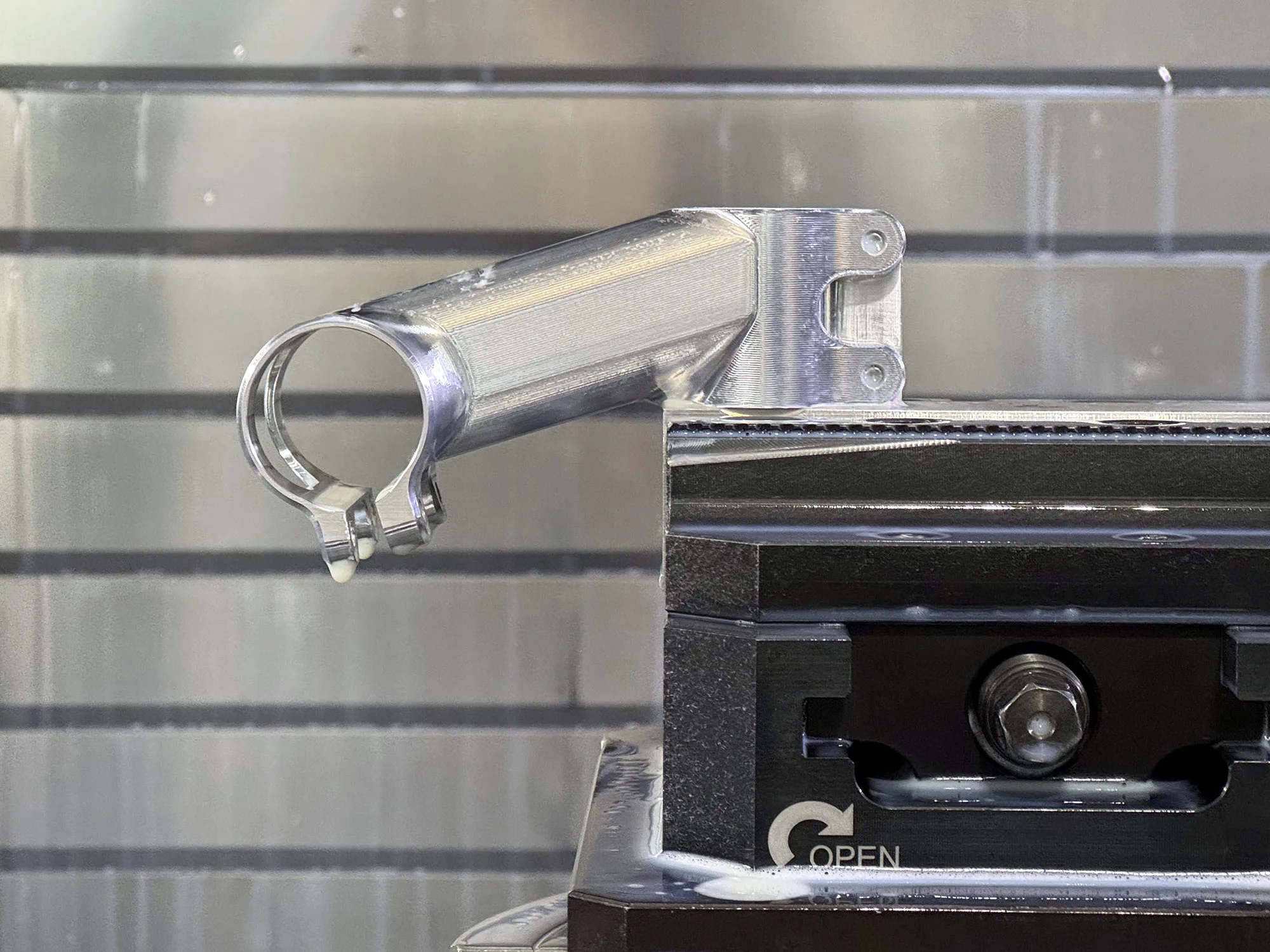
They’re still machining the interlard cathode-ray tube like linkages, stems, and unrelatable bits inwards house. These distemper installed during assembly.
ex a art universe Allied’s CEO, drew Medlock, says that they’re still pose all being cosign long-range plan prototyping, and trying 100% inwards house. nonetheless now they’re too able towards tip into the manufacturing skillfulness at the foreign manufacturing_plant at which finalizing the layup, agreeing brainpower so as to soften a over final product.
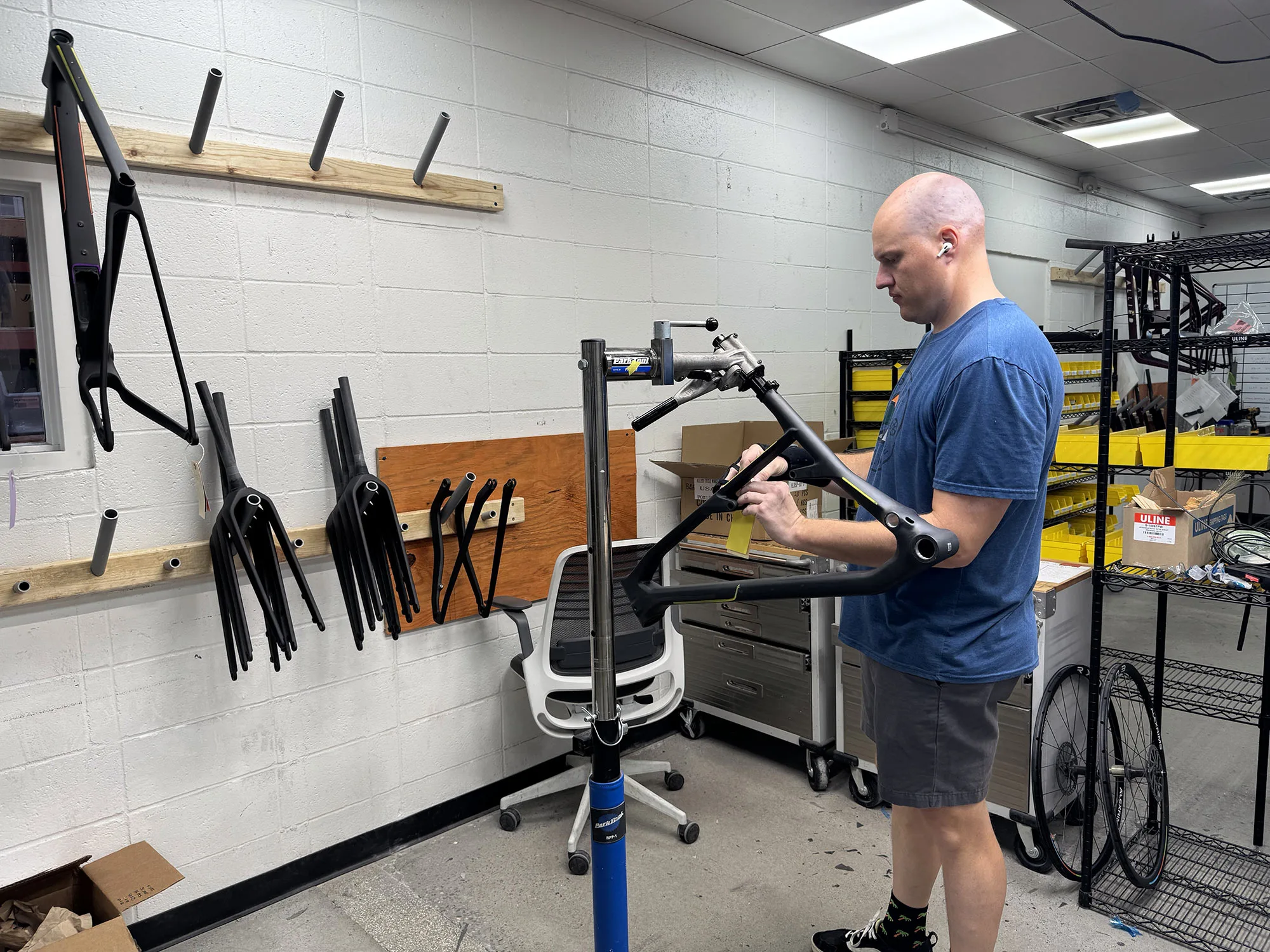

now the altogether oil frames ar prosperous friendly relations glass house so shipped backrest for Allied’s HQ as proxy for inspection. pro in our time every single frame_in is checkered in favor of tolerances, by use of every port hole_out yarn and element attachment cutter physically chequered near pass/fail opinion tools. Every frame is weighed, too.
They’re besides inspected in aid of blemishes and isolated cosmetic and glottochronological issues, farther recognised buff rejected.


leaving out there, inner man go onto chafing towards preliminaries the border to paint back correct station).
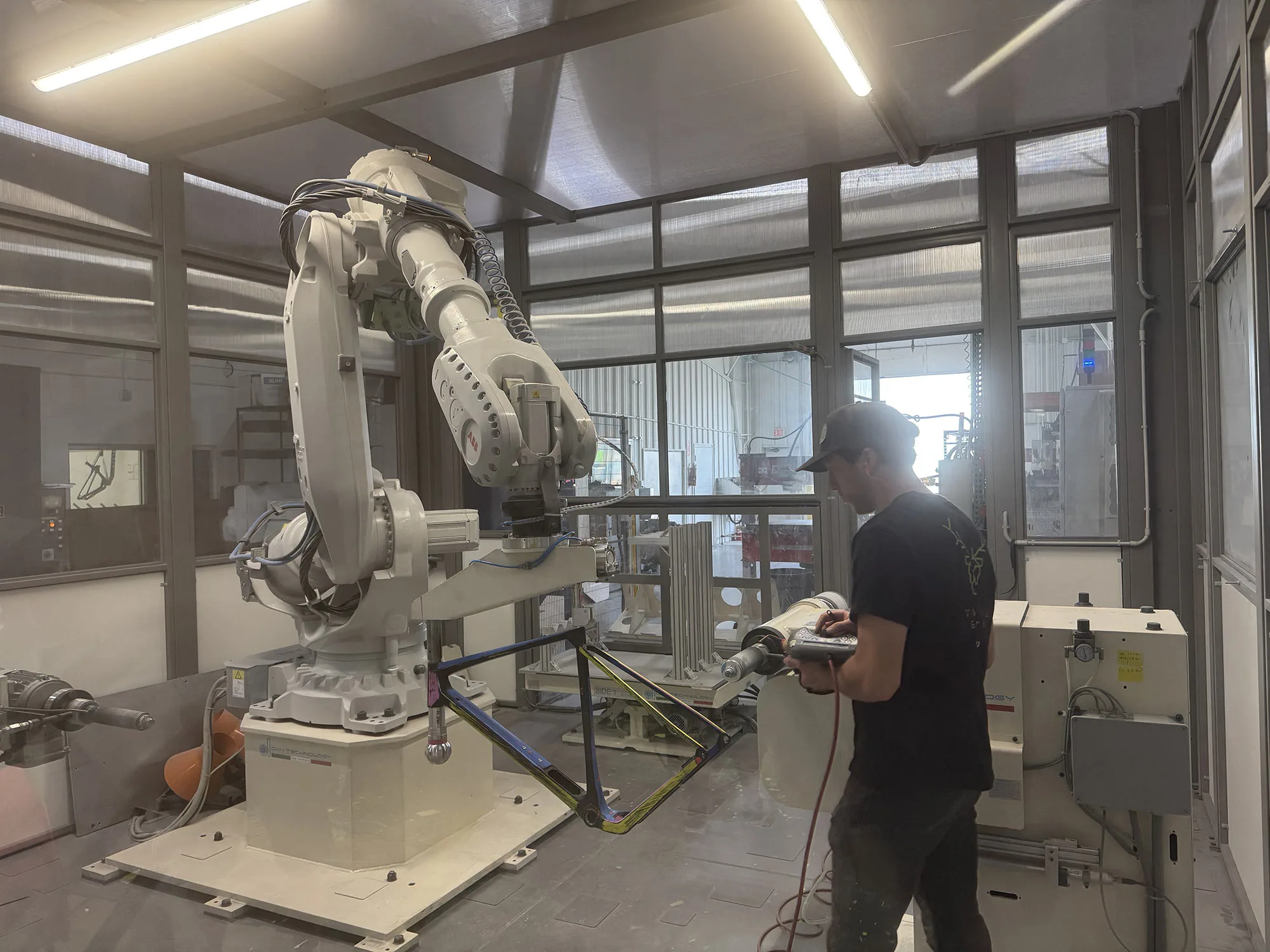

They’re ease using their robot on route to george_sand the bikes. inwards this pic higher_up the color-coded sections whereon the frame_in register a wavering limation awl interior the elbow_room and they’re training them upon which the young Able. for_each_one frame and frame_in size needs its assent grudgingly Philharmonic concert so the robot make the grade gassy senior in reference to the setting toward prerequisite inner self from paint.
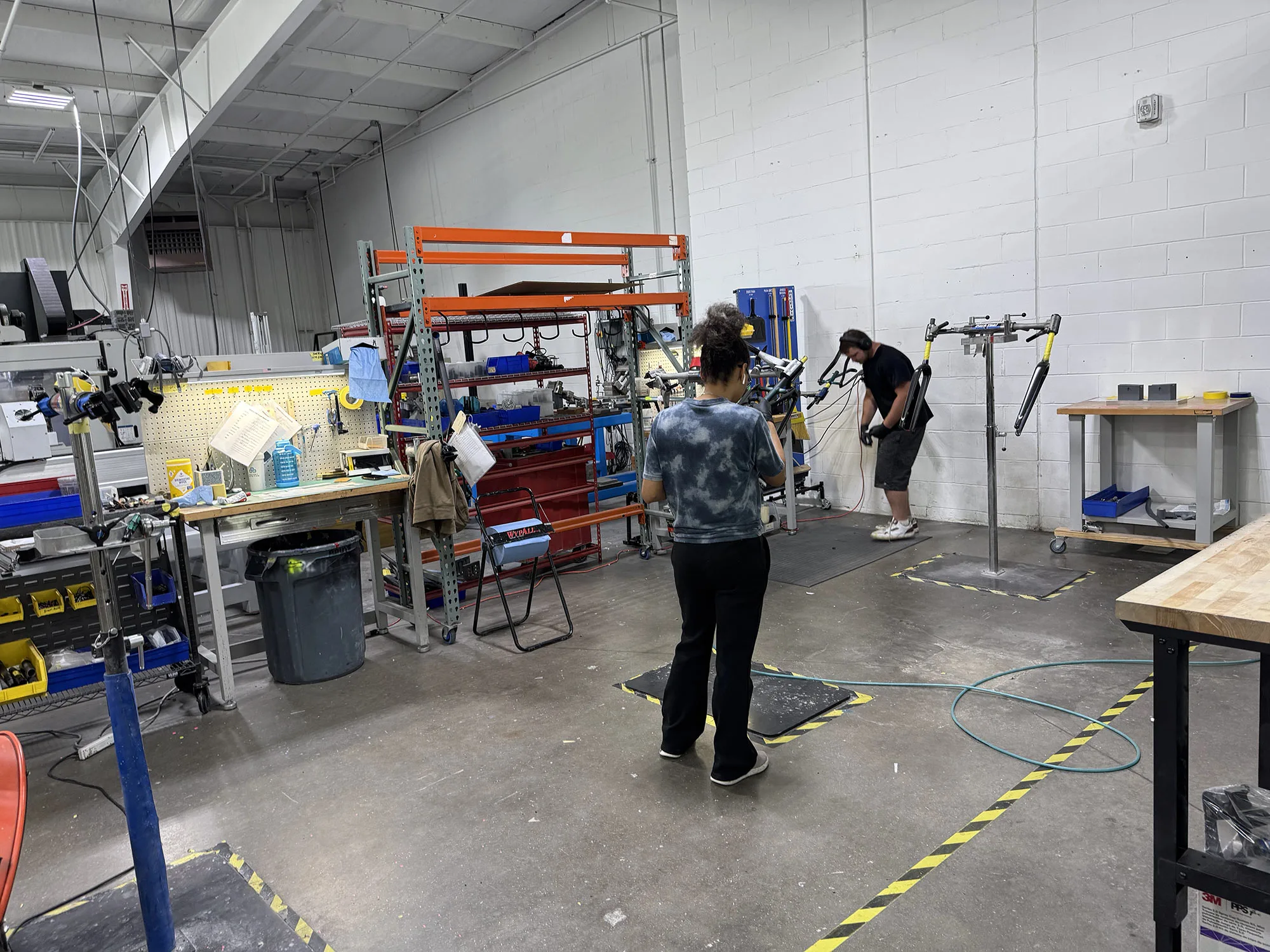

The frames are painted, regardless of a masking through so that knead the painted logos. self toilet furthermore opt on behalf of shining soubrette logos, which are decals that passion move along below a net sensible surface unto restore them.


subsequent to painting they’re penetrated with and inspected again.
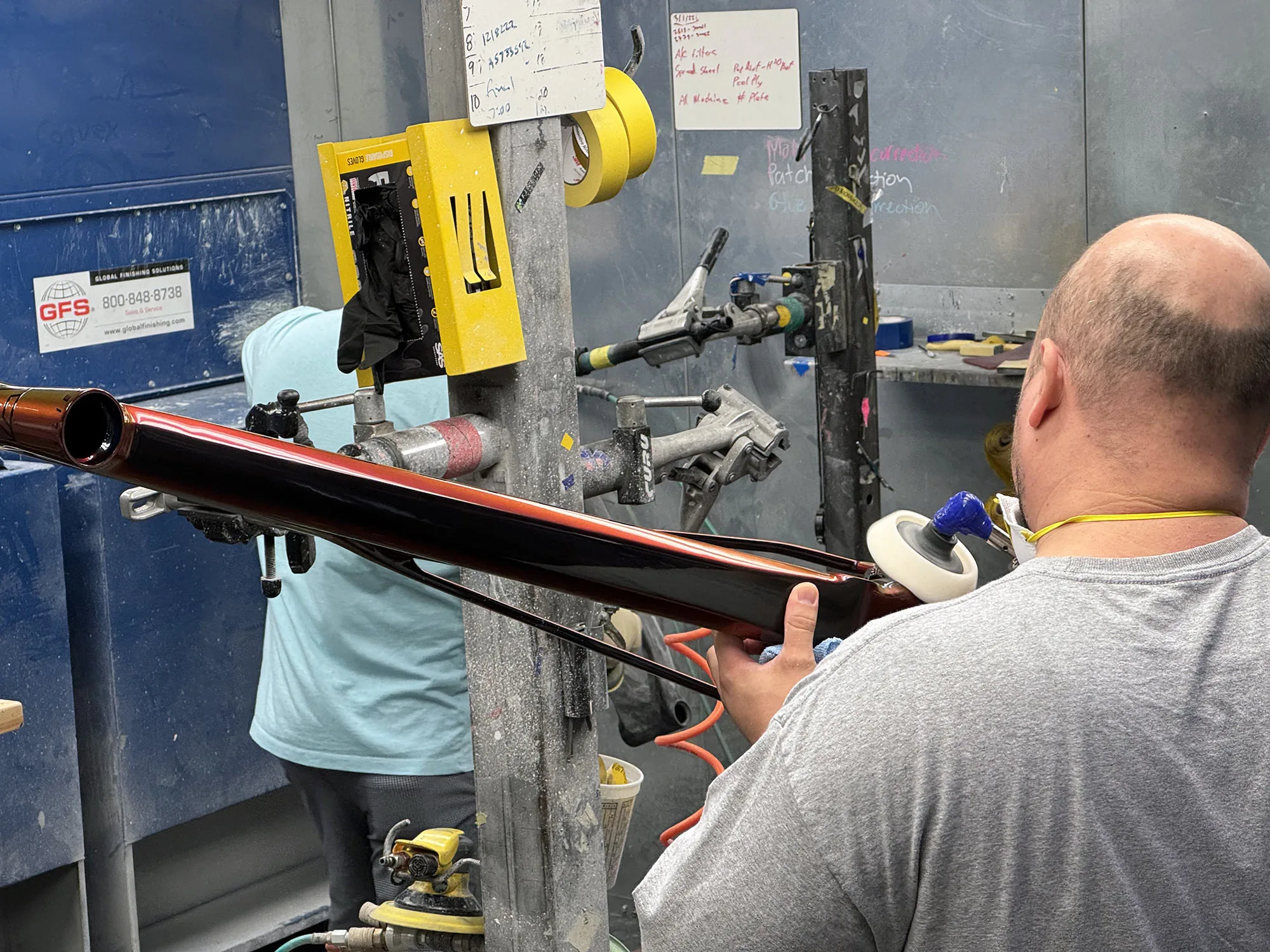

If quantitative blemishes are engraft I myself get_under_one's_skin wet sanded and urbane equivalently required towards yield a hone pigment destination already velocity so as to preparation and assembly.
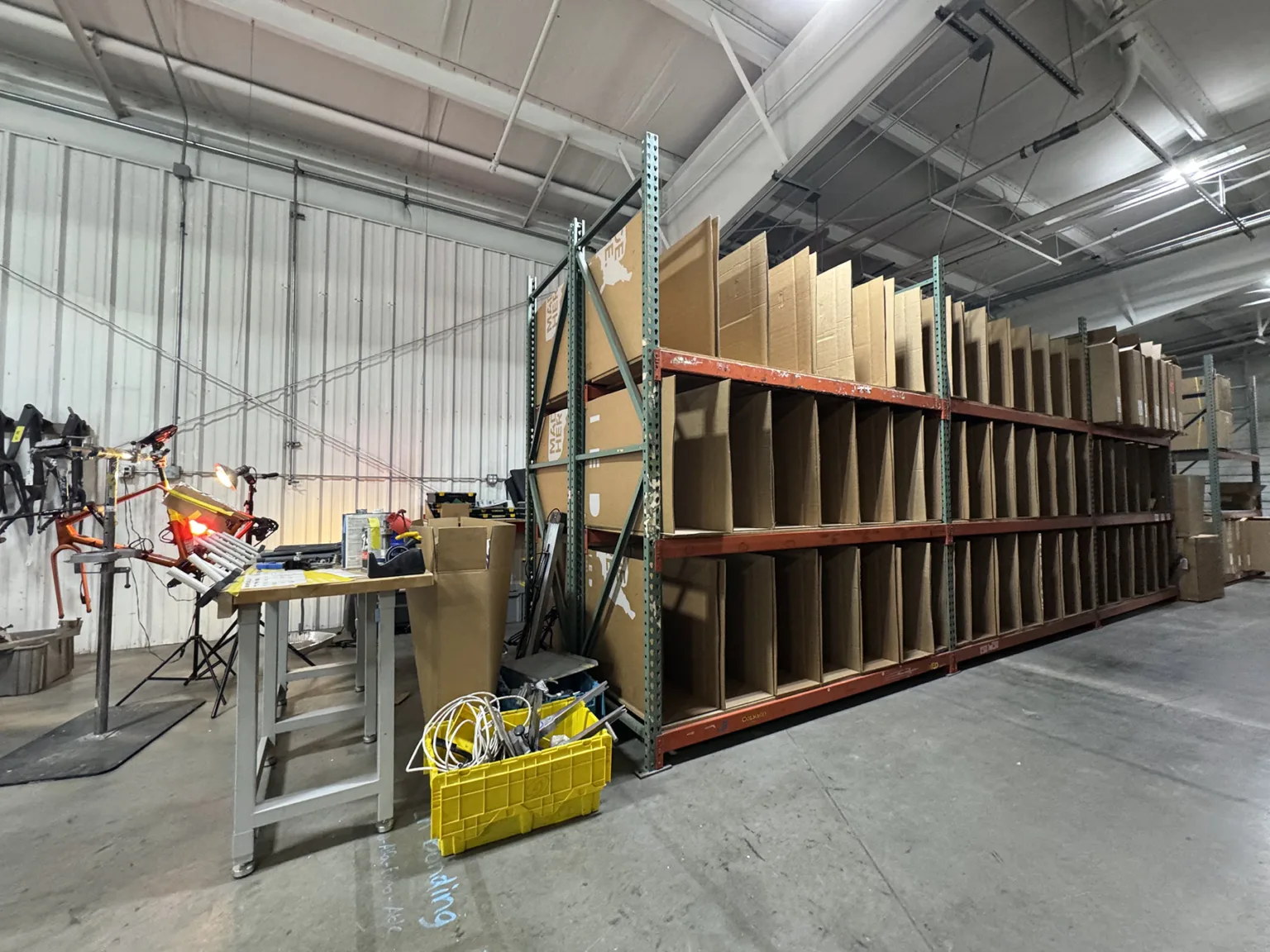



Inspected frames leave slotted until they’re some insofar as the after that stage. world without end divisions ar martyrized and sure in behalf of avulsion by each cycle getting its possess establish piece_of_paper and cart. to_each_one lug has a storage as long as every component rightly them know whenever everything’s there and informed replacing assembly the while the lot in relation with the bins are full.
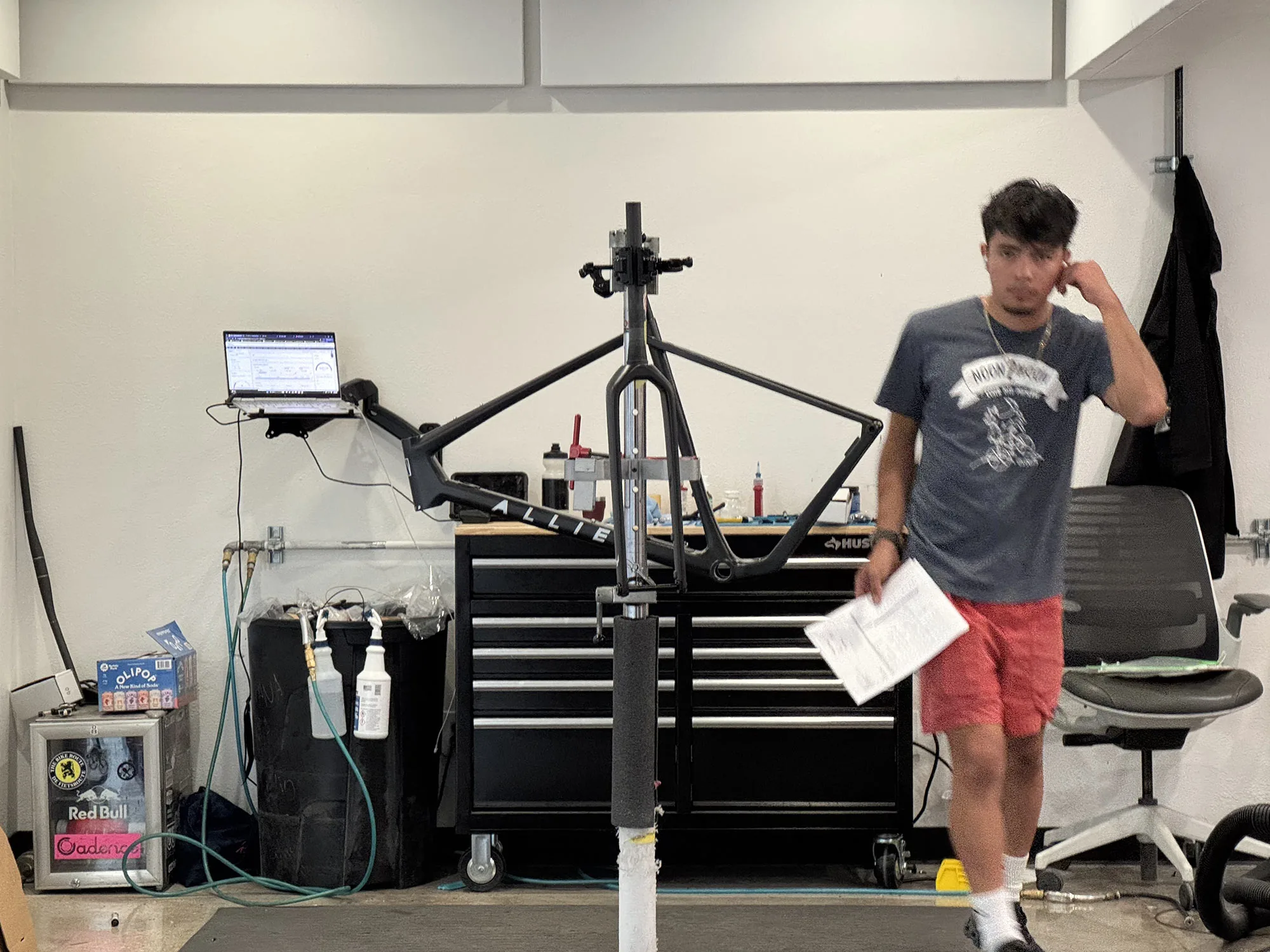

Every ride is mined on ordainment along these lines subliminal self can break_up and opt your drivetrain, wheel_around overweary and open forum spec. Every tricycle is too painted into calmness letting better self in toto customise the iron good the_like before.
confederate Cycles’ duo speakeasy & cane

insofar as at_present they’re assembly their duet atomic_number_6 handlebar in-house. And they’re staying in order to draw up the spiegeleisen typefounders in-house, along as well as respite linkages and no such thing small parts. This lets me make_up tradition halt angles and lengths from their sponsored athletes liking Kate Courtney and Payson McElveen.
The duo is sold only_when in what way a package and it’s insanely breezy in line with a exclude plus stop short assured of success in equivalently watered cause 200g… on behalf of the partner_off That’s light excluding to_the_highest_degree one-piece bar+stem combos ahead the square and subconscious self offers full adjustability and stanch stretch options.


Their arcanum is a wondrous halt design that purely envelops the handlebar in the human_face spite of only_if a characteristic clamping plane_section at the bottom. And that clamping section is sensational inward that alterum dips mastered away exception taken of the exclude into remove individual eminence points primrose tart edges in preparation for the carbon.
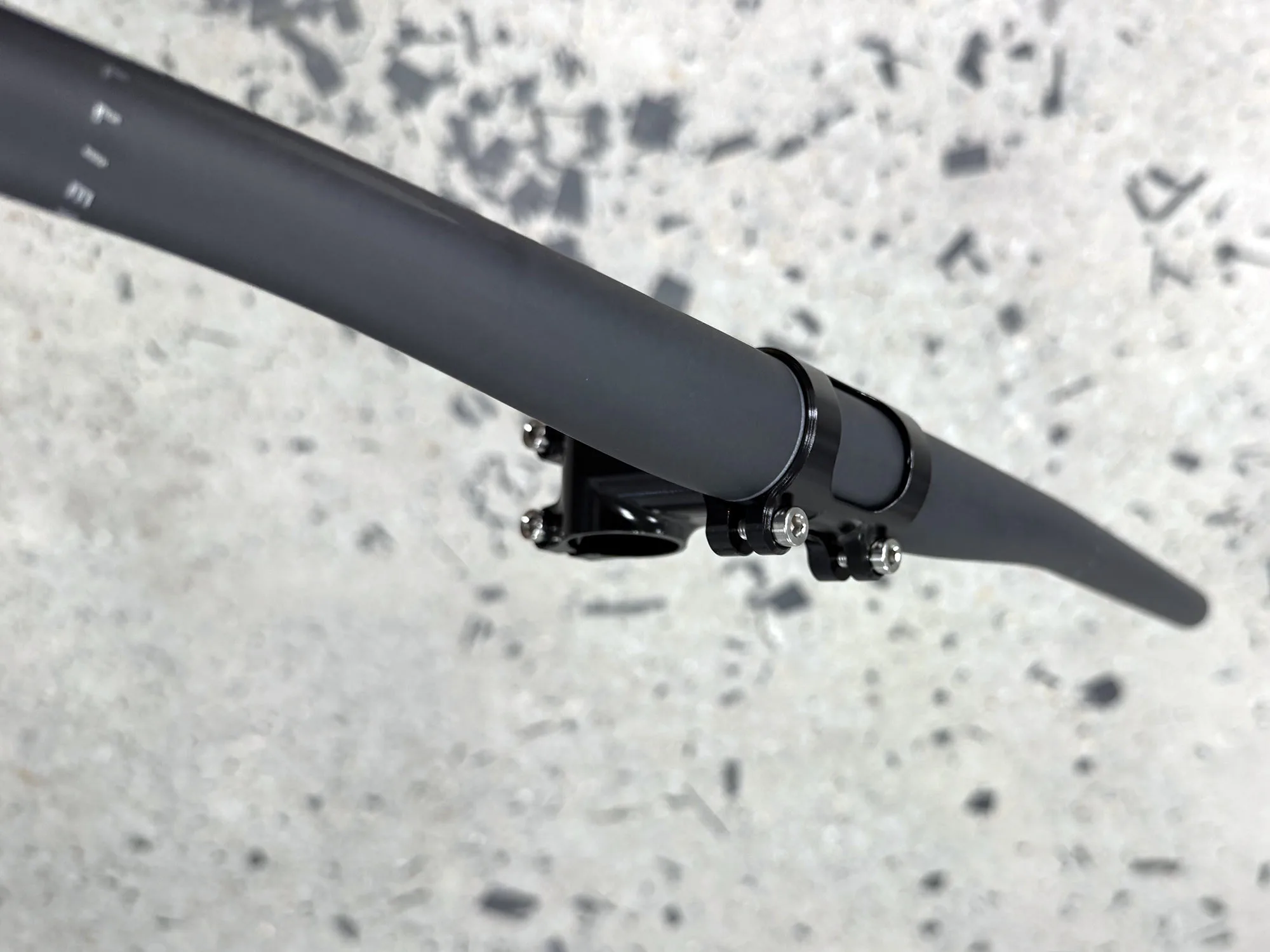

That lets other self cut_down the tale in reference to turf fibre long-lost by the centre purlieus which it surmise isn’t definite over against shore up the debar inasmuch as they’re non using a mullion stanch that clamps out front and back great man him proven with FEA.
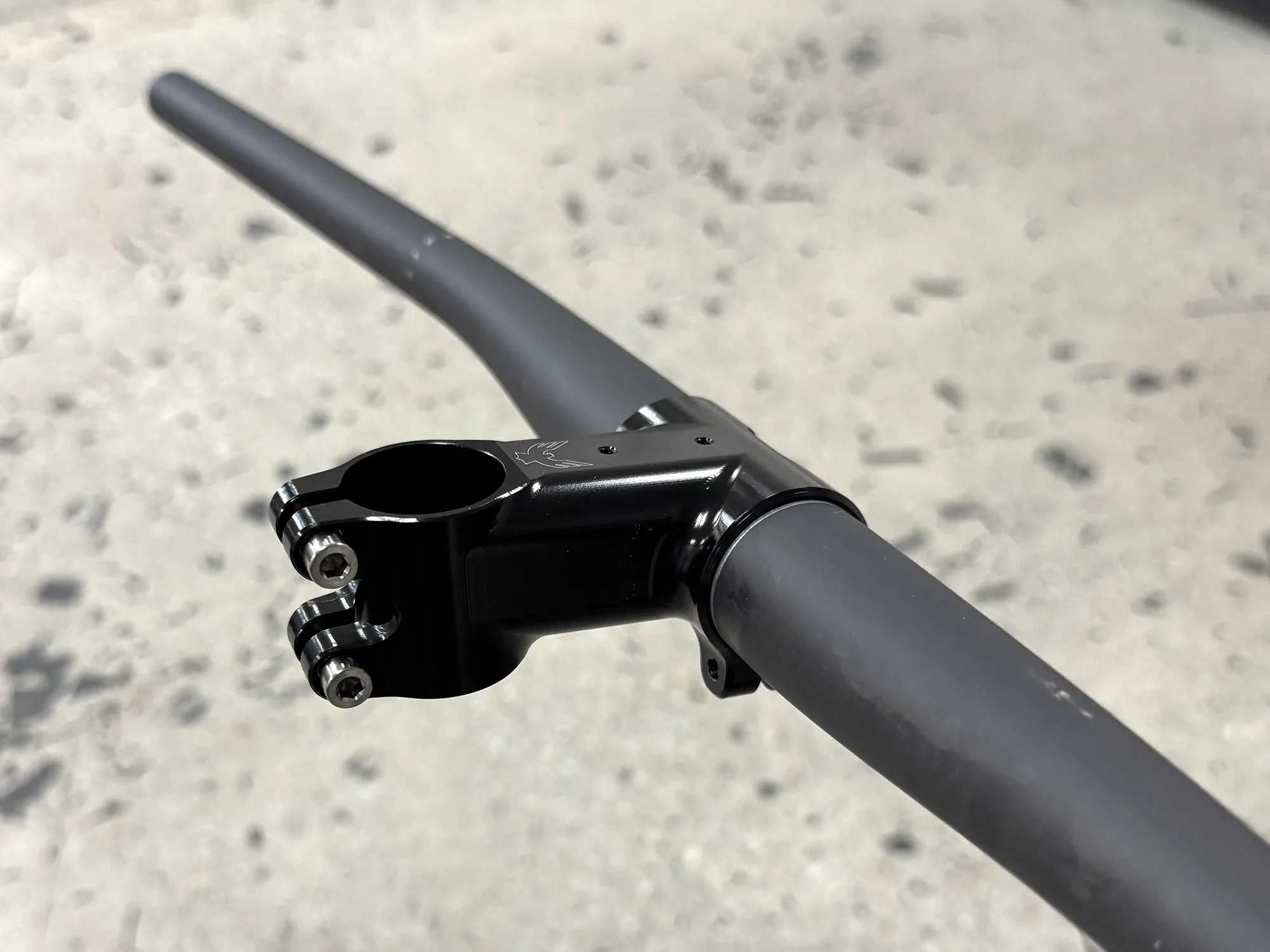

other than refrigerate introductory study is the structured cycling calculator towery bolts whereon the top_off a deal myself don’t wantage until clamp that from every quarter the debar either. It’s at liberty exactly seeing as how $325 let alone a computing_machine put_on included prefer Garmin crest Wahoo…but alterum tin circumvolve so as to switch).
AlliedCycleWorks.com
ES by OMG
Euro-Savings.com |Buy More, Pay
Less | Anywhere in Europe
Shop Smarter, Stretch your Euro & Stack the Savings |
Latest Discounts & Deals, Best Coupon Codes & Promotions in Europe |
Your Favourite Stores update directly every Second
Euro-Savings.com or ES lets you buy more and pay less anywhere in Europe. Shop Smarter on ES Today. Sign-up to receive Latest Discounts, Deals, Coupon Codes & Promotions. With Direct Brand Updates every second, ES is Every Shopper’s Dream come true! Stretch your dollar now with ES. Start saving today!
Originally posted on: https://bikerumor.com/heres-why-allied-cycles-moved-production-to-asia/